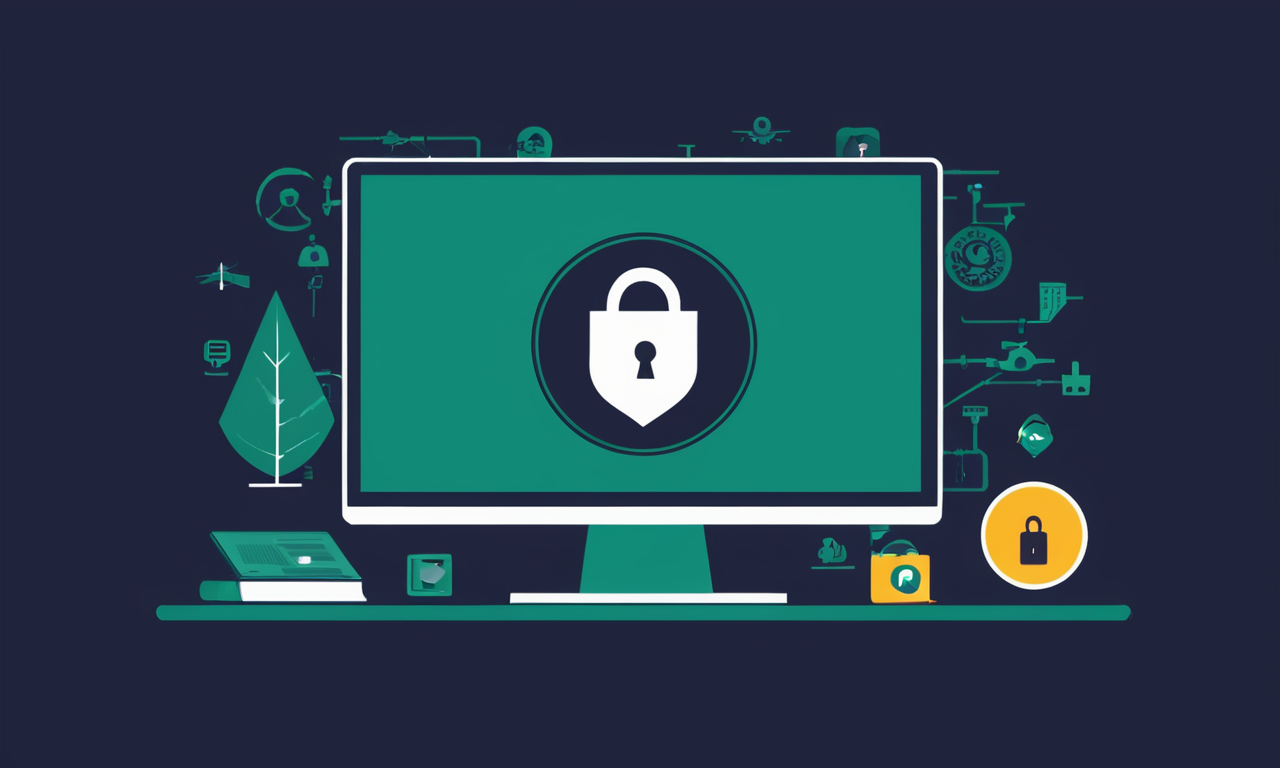Requirement 5.1: Make a plan to protect all systems and networks from malicious software.
Why it matters:
Just like having a game plan before a big match, Requirement 5.1 is about making a clear plan to defend against malware. It ensures everyone knows their roles and follows the rules to keep the systems safe.
How to do it:
- Write down all the security rules and steps mentioned in Requirement 5
- Keep these rules and steps updated
- Make sure everyone follows these rules
- Let everyone know their specific jobs in protecting against malware
Requirement 5.2: Stop malicious software (malware) from getting in or find and remove it quickly.
Why it matters:
Malware is always trying to sneak into systems and infect them. Requirement 5.2 is about using special tools to block malware from entering and to find and remove any that manages to get inside.
How to do it:
- Put anti-malware tools on all systems, except those that don't need it
- Use tools that can detect and remove all known types of malware
- Use a mix of different anti-malware tools for better protection
- Regularly check systems without anti-malware to make sure they're still safe
Requirement 5.3: Keep anti-malware tools active, updated, and monitored.
Why it matters:
Anti-malware tools need to stay on guard, up-to-date, and well-monitored to effectively stop malware. It's like making sure your soccer team is always ready for the next game.
How to do it:
- Keep anti-malware tools automatically updated with the latest information
- Run regular scans and real-time monitoring to catch any malware
- Scan USB drives and other removable devices when plugged in
- Keep records of anti-malware activities for at least 12 months
- Don't let users turn off anti-malware tools unless absolutely necessary
Requirement 5.4: Use anti-phishing tools to protect against phishing attacks.
Why it matters:
Phishing attacks try to trick people into revealing sensitive information. Anti-phishing tools help stop these tricks and protect people from accidentally giving away important data.
How to do it:
- Use automatic tools to detect and block phishing attempts
- Use multiple layers of anti-phishing protection for the best defence
- Use tools to prevent fake emails pretending to be from your organization
- Train people to spot and report phishing emails
- Use anti-phishing tools for the whole organization, not just some parts
By following these requirements and using the right tools, organizations can build strong defences against malware and phishing attacks, just like a well-prepared sports team. Keeping these defences up and running ensures that important information stays safe and protected.

